Trucks have either a day cab, rest cab or sleeper cab.
A day cab has one compartment which contains the driver and passenger seats with nothing behind them (or perhaps just a small space for personal belongings). Day cabs almost always have a rear window which makes trailer coupling much easier. Day cabs are cheaper to buy and are easier to manoeuvre. They are perfect when the driver is driving around the same area and can return home at night to sleep.
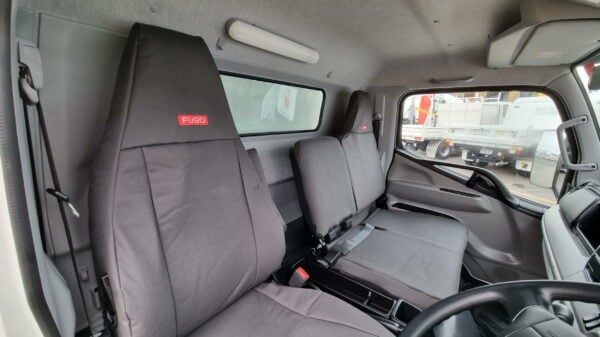
A rest cab, compact sleeper or day sleeper, has an area behind the seats which the driver can use to rest; it’s like a small bench seat, wide enough for a moderately proportioned person to lie down, but not big enough to use as accommodation. They are useful for helping manage fatigue as the driver doesn’t have to try to rest sitting up in the seat. They can also be used to store personal belonging, although those belongings would be unrestrained in the event of heavy braking or a crash.
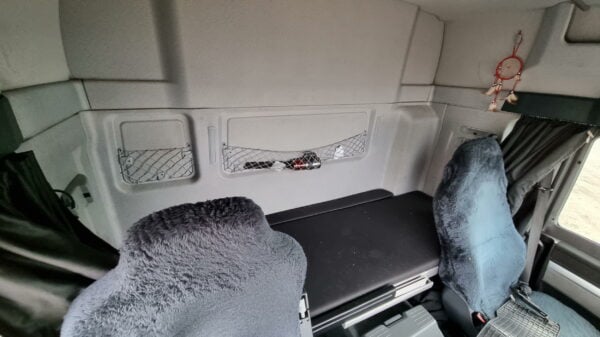
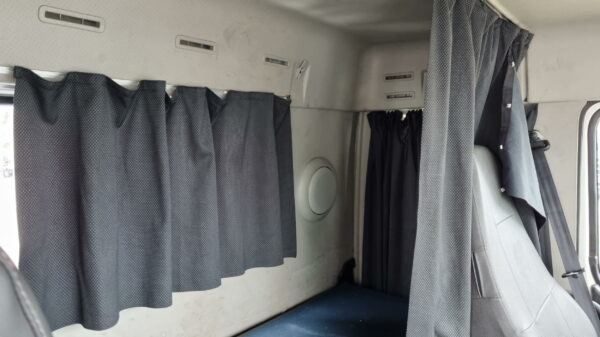
Sleeper cabs give convenience for long distance truck drivers who know that rather than having to find a motel or other accommodation at the end of their driving day, they can pull over and use their cab to sleep. These cabs can also be used during the day for resting in mandatory break periods, as defined by logbooks and work time rules.
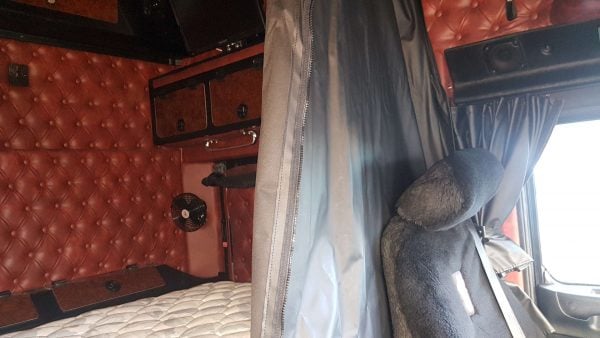
A sleeper cab will often have a bunk bed, some kind of wardrobe and other storage, and some modern conveniences such as a fridge, microwave or TV. While they are in no way as comfortable as a motel room, they are very convenient and acceptable for a few nights; in other countries, some drivers live in their sleeper cabs for weeks at a time.
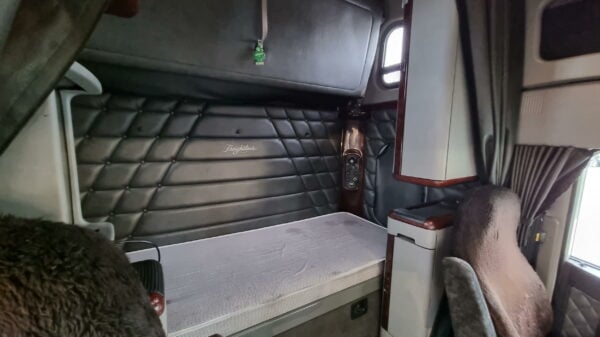
Sleeper cabs have the disadvantage of reducing the amount of load that can be carried, for two reasons:
- The cab is longer, therefore the trailer has to be shorter to stay within the maximum length
- A sleeper cab is heavier than a day cab, putting more weight over the axles, meaning that load distribution is a bigger consideration.
It’s important that you get a weight readout from a weighbridge when empty so that you know your tare weight. You can then calculate, based on the axles and tyre choice, how much you can legally carry. If you don’t know how to do this, check out this axle VDAM training course.
Because the sleeper cab is heavier, it comes with a fuel efficiency penalty, too.

